Your Cart is Empty
Recovery Unit Refrigerant
A refrigerant recovery unit is an essential tool for HVAC professionals, ensuring the safe and efficient removal of refrigerant from air conditioning and refrigeration systems. These machines help recover, recycle, and reclaim refrigerants while maintaining environmental compliance. Whether you’re a technician working on residential, commercial, or industrial systems, having the best refrigerant recovery unit will improve your efficiency and ensure regulatory adherence.
Choosing the Right Refrigerant Recovery Unit
A refrigerant gas recovery unit is crucial for removing and reclaiming refrigerants during system servicing or decommissioning. When selecting the right unit, consider:
- Speed & Efficiency – Look for high-performance models that quickly recover large amounts of refrigerant.
- Portability & Size – Compact and lightweight models are ideal for fieldwork, while stationary units offer higher power for large-scale projects.
- Recovery Capacity – Ensure compatibility with various refrigerant types, including R-410A, R-134a, and R-22.
- Compressor Type – Oil-less compressors are preferred for handling different refrigerants without contamination.
- Durability & Build Quality – Sturdy construction ensures longevity and reliability in tough working environments.
AC Recovery Unit: A Must-Have for HVAC Technicians
An AC recovery unit is essential for HVAC professionals performing maintenance, repairs, or system replacements. These devices:
- Recover refrigerants safely without releasing harmful gases into the atmosphere.
- Ensure compliance with environmental laws, such as the Australian Ozone Protection Act.
- Help reduce costs by allowing refrigerants to be recycled and reused.
- Increase efficiency by speeding up the recovery process, reducing downtime on jobs.
Refrigerant Recovery Unit Price: What to Expect
The refrigerant recovery unit price varies depending on features, brand, and recovery speed. Here’s a breakdown of what you can expect:
- Entry-Level Units ($500 - $900): Ideal for small-scale HVAC work and occasional use.
- Mid-Range Units ($900 - $1,500): Faster recovery rates, suitable for professionals handling multiple refrigerants.
- High-End Units ($1,500 - $3,000+): Designed for heavy-duty industrial applications with high recovery speeds and advanced features.
Investing in a quality refrigerant recovery unit ensures compliance, efficiency, and long-term savings.
Shop Refrigerant Recovery Units by Brand
- ▼
Fieldpiece Recovery Unit
-
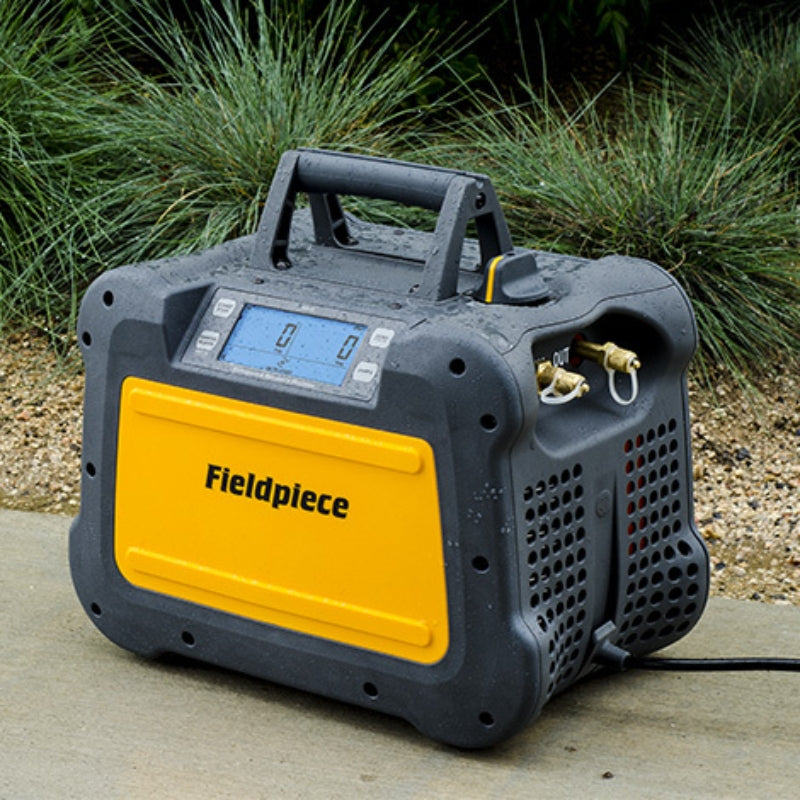
The Fieldpiece MR45INT is designed for high-speed refrigerant recovery, making it a top choice for HVAC professionals. With an oil-less compressor and digital display, it offers efficiency and reliability.
- Lightweight and portable design for easy transport
- Brushless DC motor for enhanced performance
- Smart control for automatic shut-off
- ▼
Mastercool Recovery Unit
-
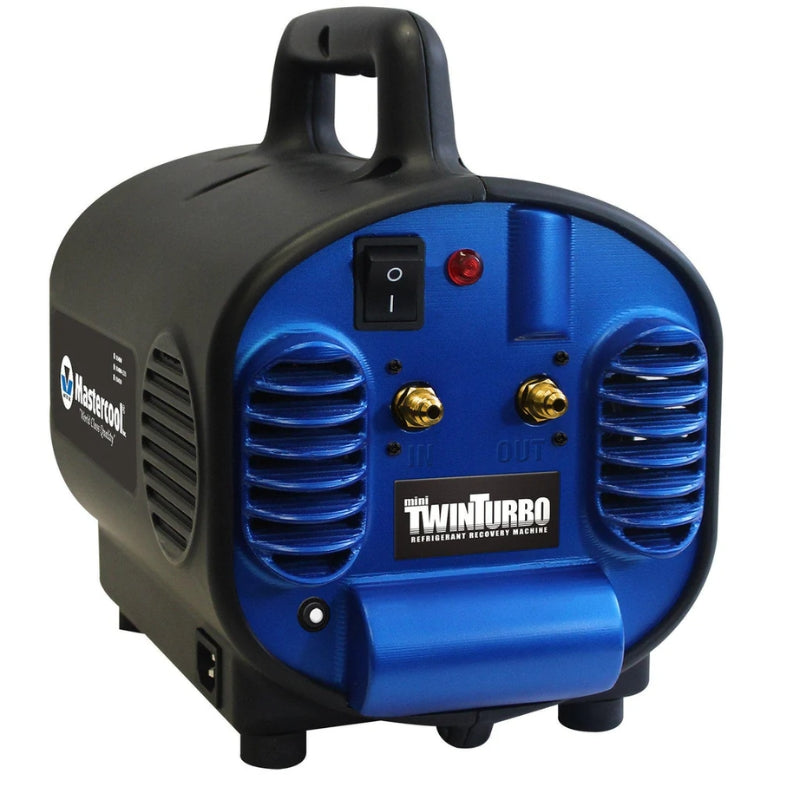
The Mastercool Twin Turbo Mini is a powerful, compact refrigerant recovery unit designed for fast and efficient operation, compatible with combustible gases.
- Dual-piston compressor for ultra-fast recovery
- Lightweight and durable for professional use
- Designed for A2L and standard refrigerants
- ▼
Promax Recovery Unit
-
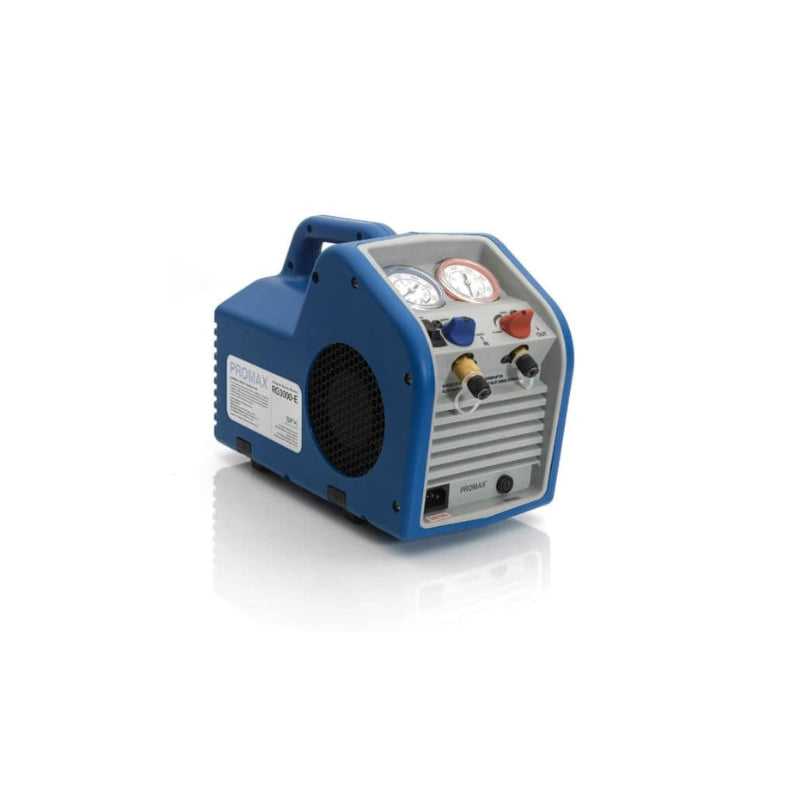
The Promax RG3000-A is an advanced refrigerant recovery unit known for its lightweight build and high-speed performance, making it ideal for fieldwork.
- Oil-less compressor for universal refrigerant compatibility
- Compact and lightweight for easy handling
- Built-in safety features for secure operation
- ▼
Appion Recovery Unit
-
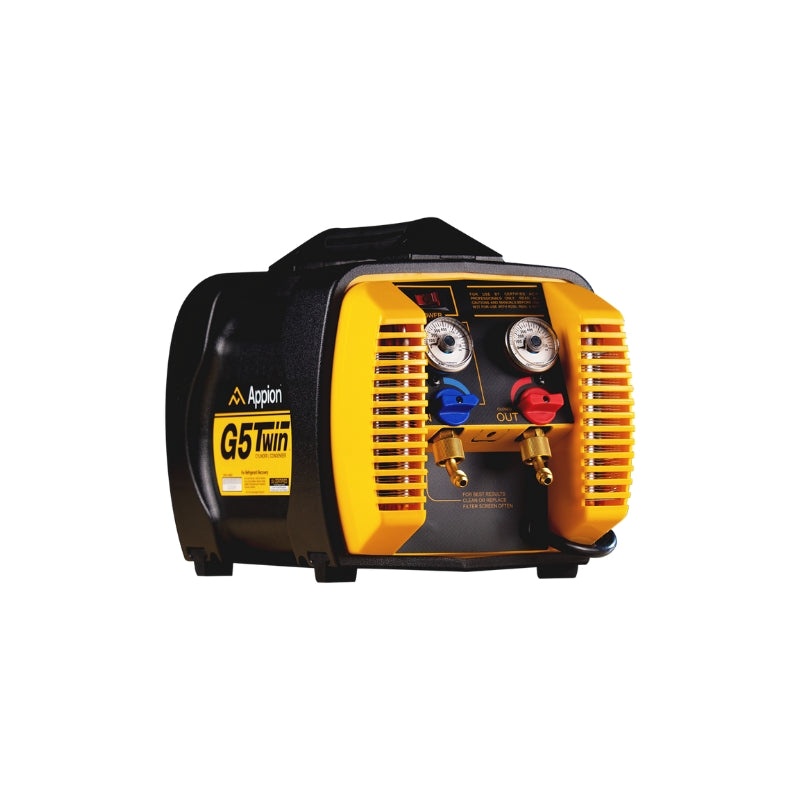
The Appion G5Twin is a high-performance refrigerant recovery machine featuring twin-cylinder technology for rapid and efficient recovery.
- Twin-cylinder design for faster liquid and vapor recovery
- Rugged construction for job site durability
- Lightweight yet powerful for professional HVAC applications
- ▼
Bosch Recovery Unit
-
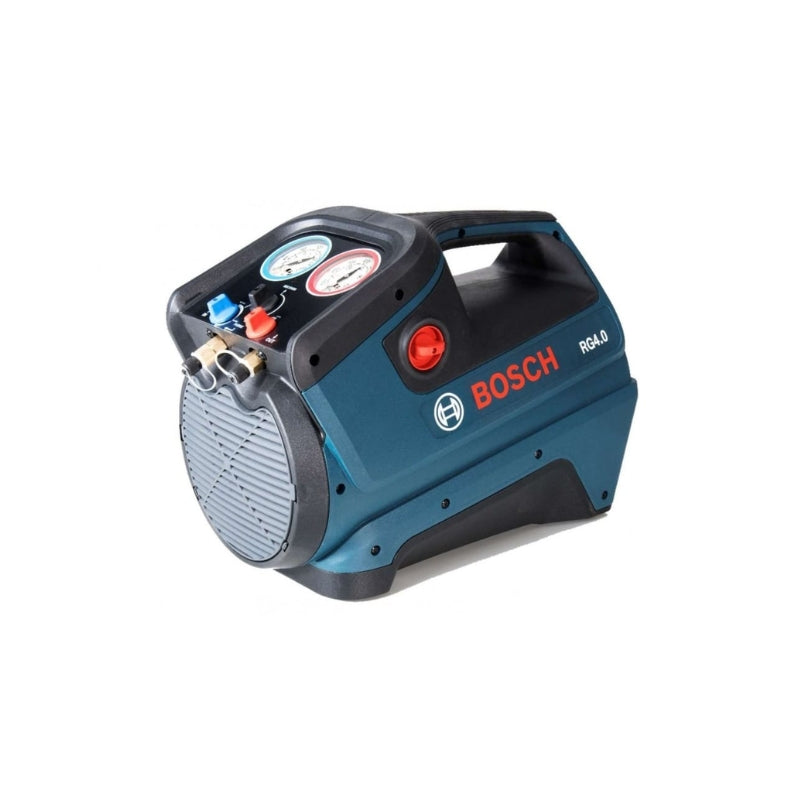
The Bosch RG4.0 is a cutting-edge refrigerant recovery unit, certified for A2L and A3 refrigerants, making it an excellent choice for eco-conscious HVAC professionals.
- Designed for A2L and A3 refrigerants
- High-speed recovery with advanced technology
- Compact and ergonomic design for portability
AC Refrigerant Recovery Unit: Features to Look For
When selecting an AC refrigerant recovery unit, look for key features that enhance performance:
- Dual-cylinder compressor for rapid recovery
- Automatic shut-off to prevent overfilling
- High-pressure safety switches for secure operation
- Oil-less design for handling different refrigerants without contamination
- Multi-refrigerant compatibility for versatility
Best Refrigerant Recovery Unit: Top Picks for Professionals
Choosing the best refrigerant recovery unit depends on your workload and specific HVAC needs. Highly rated models often include:
- High-speed recovery rates for maximum efficiency
- Durability to withstand job site conditions
- Portability for easy transport between jobs
- Advanced cooling technology to prevent overheating
Refrigerant Gas Recovery Unit: How It Works
A refrigerant gas recovery unit operates in three stages:
- Recovery: Extracts refrigerant from the system into a storage cylinder.
- Recycling: Removes contaminants such as oil and moisture.
- Reclamation: Returns refrigerant to industry-standard purity levels for reuse.
Using a high-quality recovery unit ensures proper refrigerant management while following industry regulations.
Recovery Unit Frequently Asked Questions (FAQs)
- ▼
What is a Refrigerant Gas Recovery Unit?
-
A refrigerant gas recovery unit is a device used to extract refrigerants from HVAC systems for recycling or proper disposal. It prevents harmful emissions and ensures compliance with environmental laws.
- ▼
What is Refrigerant Recovery?
-
Refrigerant recovery is the process of safely removing refrigerant from an HVAC system without releasing it into the atmosphere. It is required during repairs, maintenance, or system disposal.
- ▼
What Are the Refrigerant Recovery Requirements?
-
Refrigerant recovery must comply with environmental regulations, including:
- Use of certified recovery machines.
- Proper handling and storage of recovered refrigerants.
- Disposal or reclamation according to EPA and Australian standards.
- ▼
How to Use a Refrigerant Recovery Machine?
-
- Connect the machine to the AC unit’s service ports.
- Start the recovery process to transfer refrigerant into a recovery cylinder.
- Monitor pressure levels to avoid overfilling.
- Ensure proper storage of the recovered refrigerant.
































